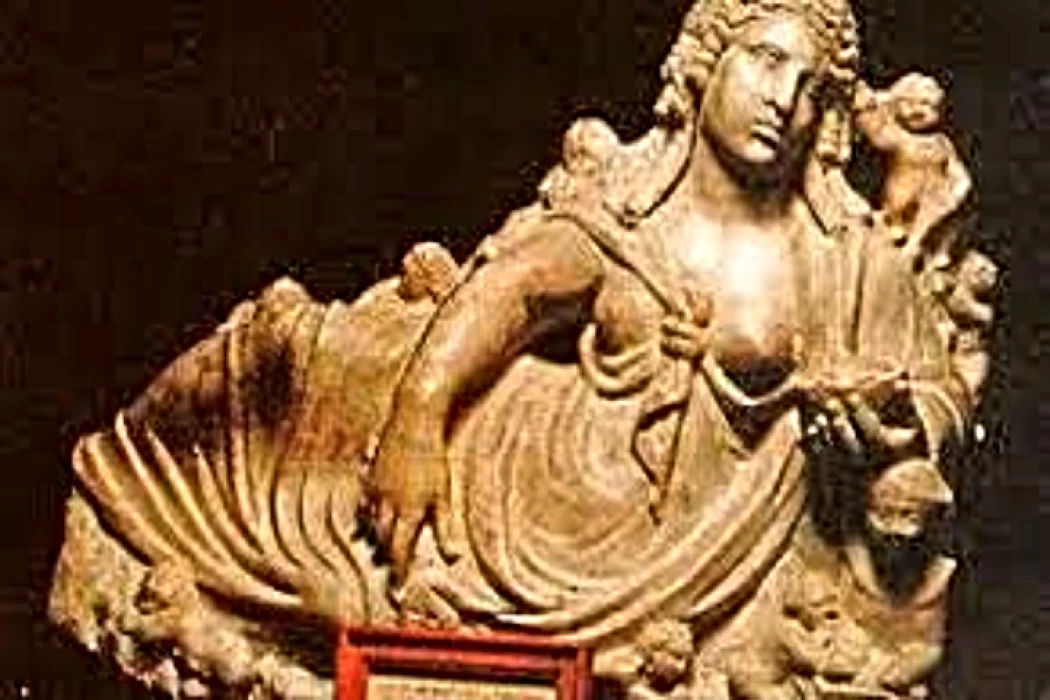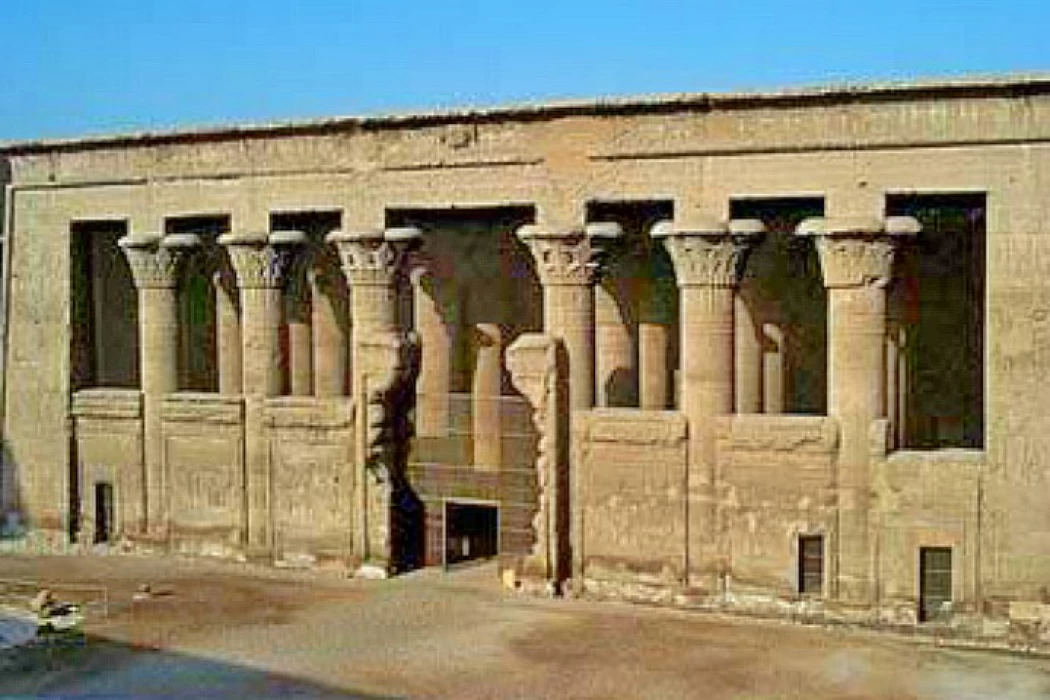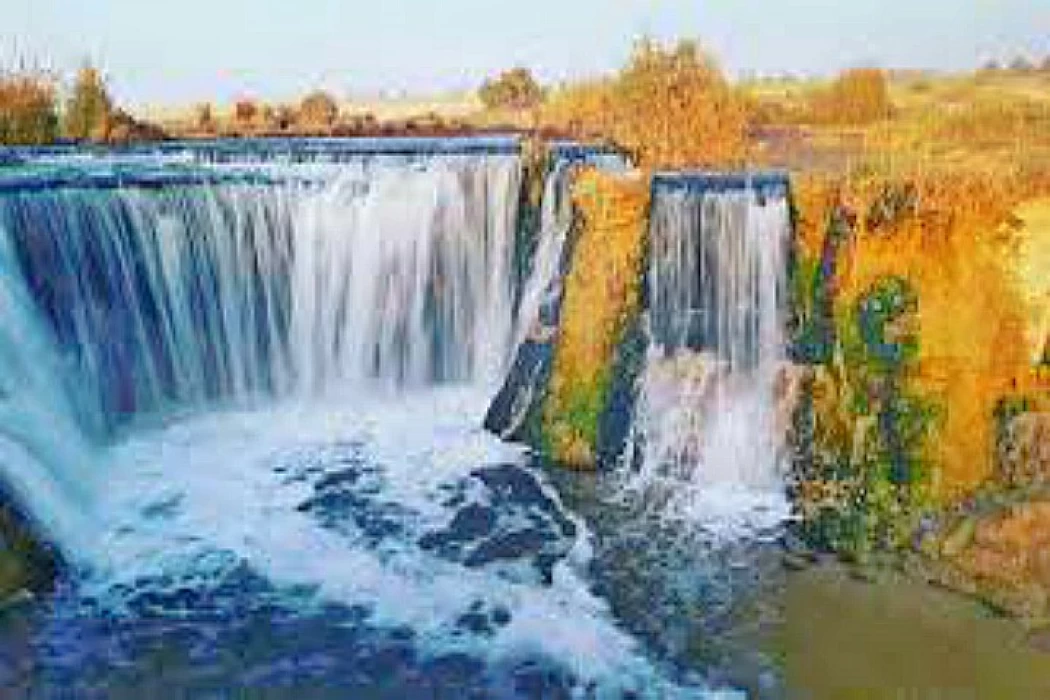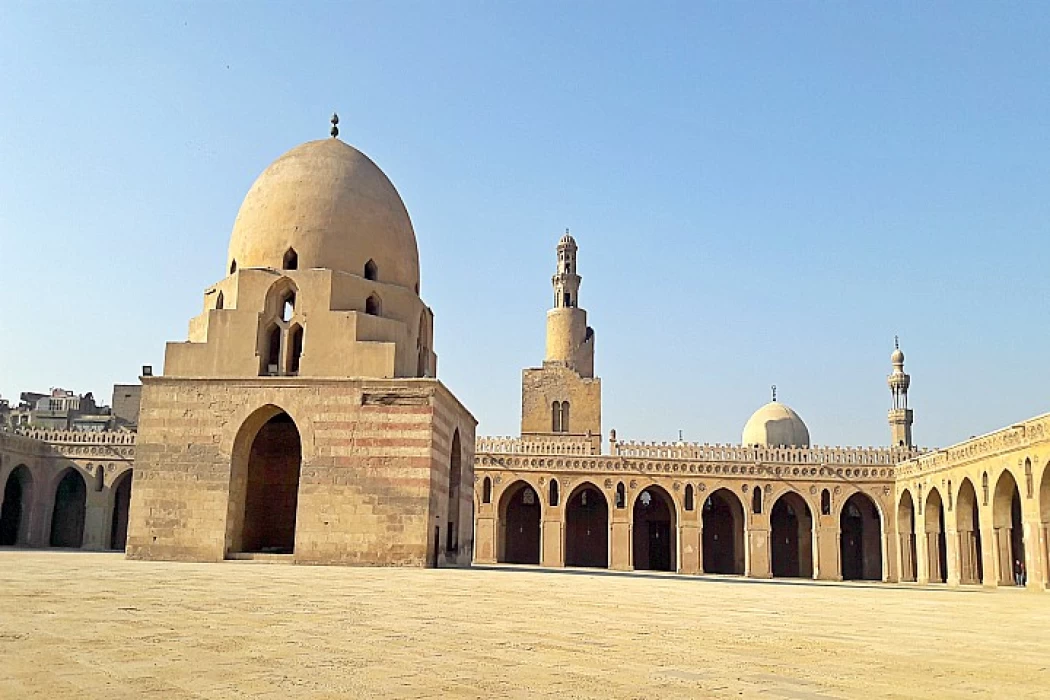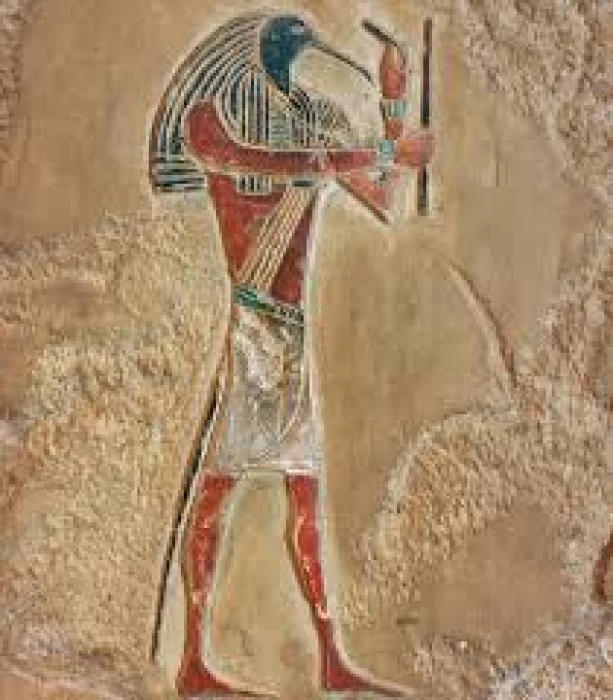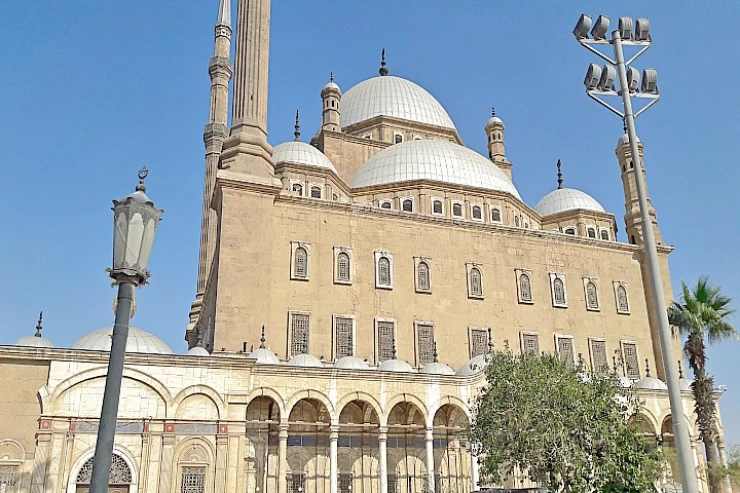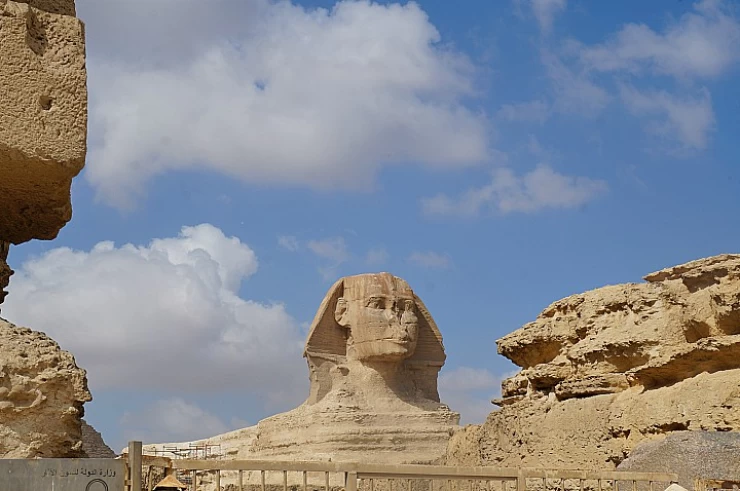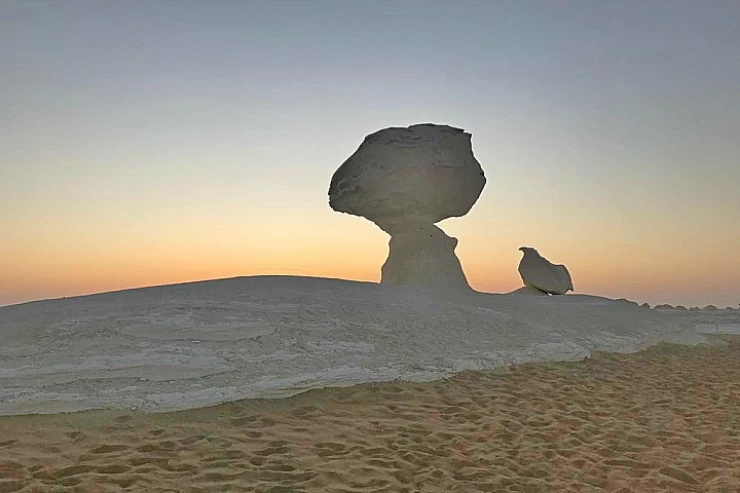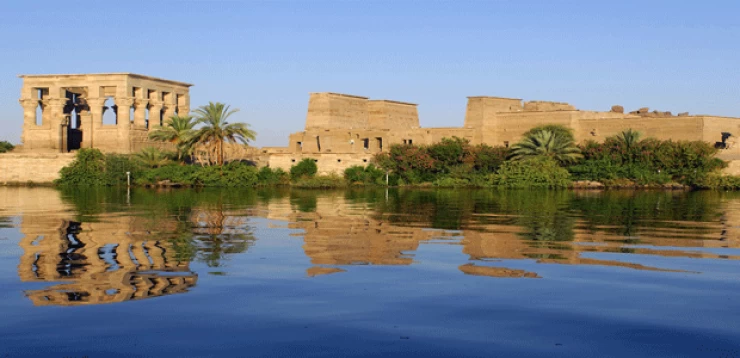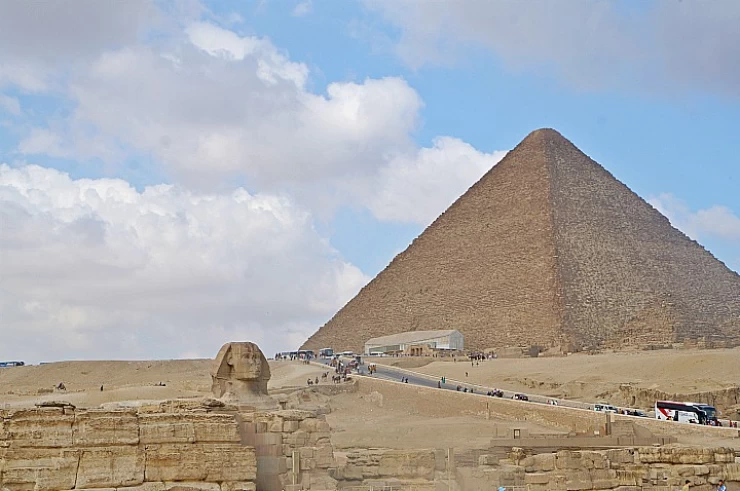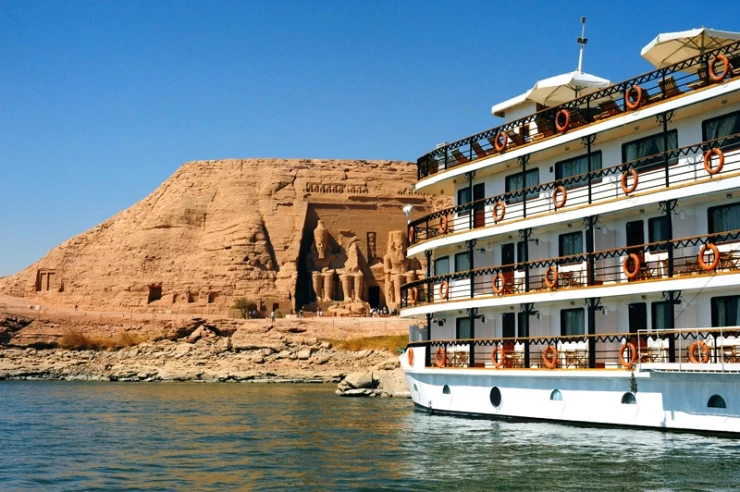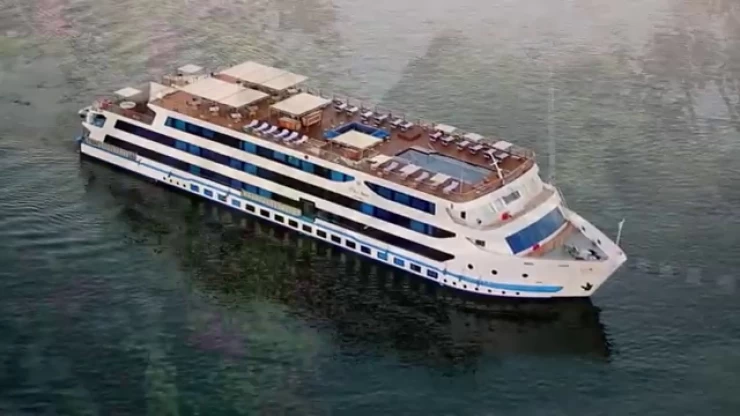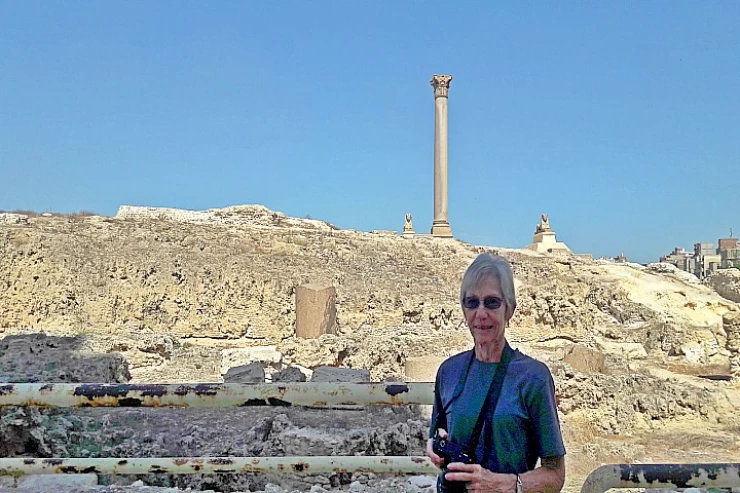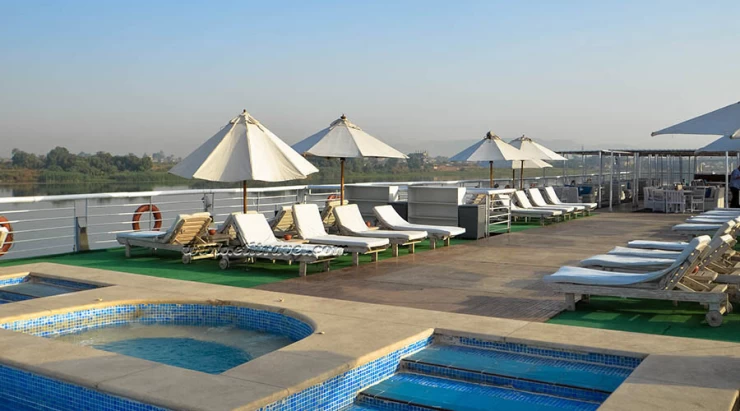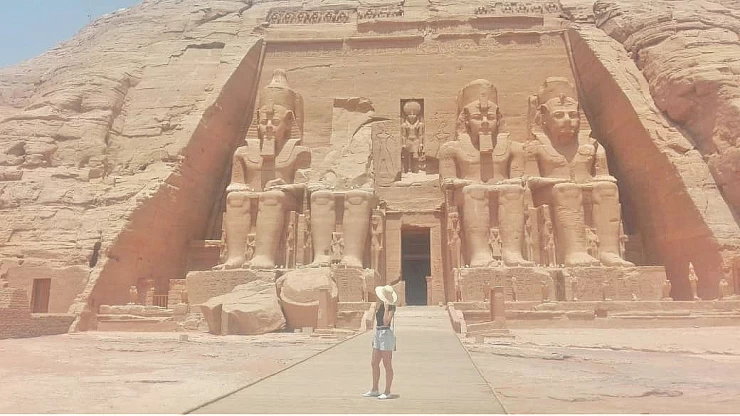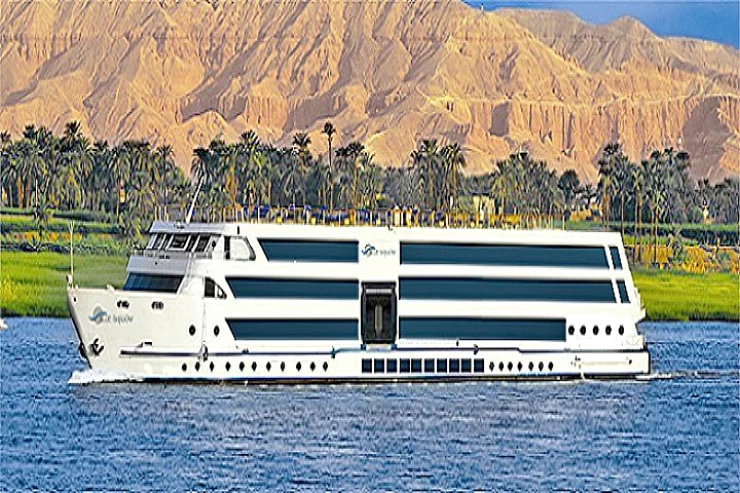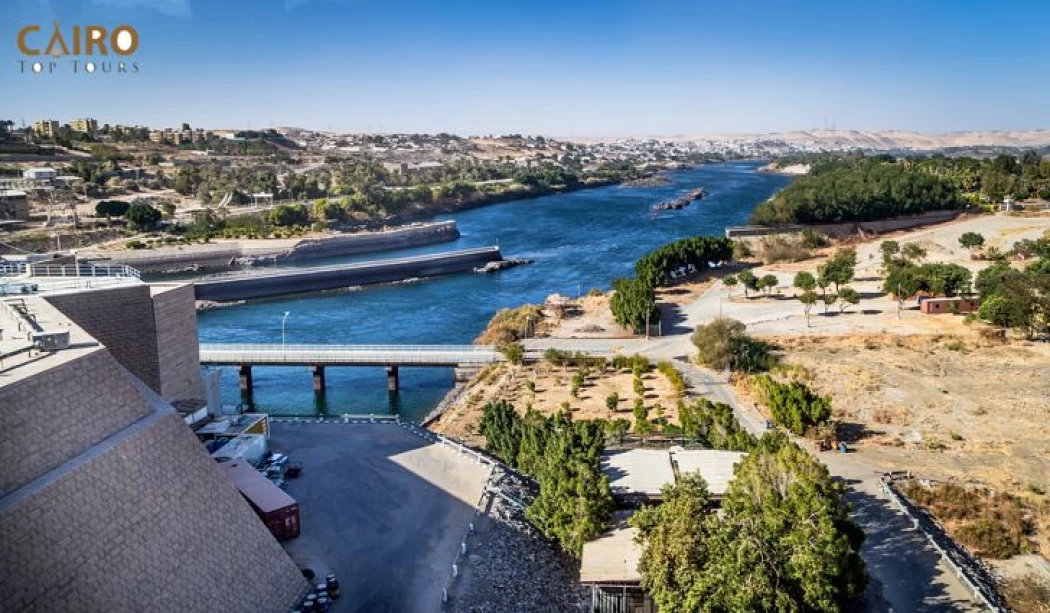
The High Dam
The High Dam
Egypt has been famous for the Nile River since ancient times. It is considered the lifeblood of Egypt and the Egyptians from the era of the pharaohs until this day. The Nile is the main drinking water source and a basic thing for agriculture. The ancient Egyptians exploited the floodwater to provide irrigation for agricultural lands on the banks of the Nile.
Was this flooding a good thing?
Unfortunately, it's not always a good thing. In the flood season, using water to irrigate the farms is also a bad thing because too much water causes plants to wilt over time.
Until the twentieth century, the idea came to reduce the level of water that irrigates the lands and also protects citizens from the danger of flooding, so the previous Egyptian president, Gamal Abdel Nasser, came up with the idea of building a dam to solve this issue as well as an important source of electricity generation, but he did not complete the dam because he died, and President Sadat came after him and completed its construction.
The High Dam began to be built until its length reached more than 3 thousand meters, so the Egyptians called it Al-Aali, and the Egyptians helped the Soviet Union at the time. Many materials were used to build the dam, like cement and iron, which reached about 40 million m2, and this is a large amount to be able to dam the largest amount of water up to 10 thousand meters per second.
The dam has the highest capacity for holding water, controlling the flow at 10,000 cubic meters per second, thus conserving water for proper cultivation and land protection. Among the most important areas benefited by the High Dam is the Delta and, needless to say, Aswan, the site of the dam.
A Muslim scientist named Al-Hassan ibn Al-Haytham studied many disciplines, engineering among them, and he most probably was the first to propose creating a dam in that place, but circumstances deprived him of its construction because of the lack of equipment and other factors that make dam construction possible, unlike during when Nasser ruled, for there were already gadgets and everything else that facilitated the construction of a huge dam to protect Egyptian agriculture.
As everything has its advantages and disadvantages, this dam also has those.
Positive effects
Of course, the most important positive effects are reducing the amount of water that leads to flooding and reducing drought, which led to the expansion and reclamation of agricultural lands, which increased their area to more than 2 million acres, which led to the availability of many agricultural places needed to grow a larger amount of crops.
Especially crops that need a lot of water, like sugar cane and rice, due to changing the method of irrigation from basin to permanent, in other meanings, from a system of irrigation while waiting for the flood to plant the land to a system where the land can be irrigated all year as a result of storing water and using it at the right time, to a system in which the land can be irrigated all year round.
Negative effects
A lake was formed to store water called Lake Nasser, so it took place in some villages, especially in Nubia and northern Sudan, which led to the migration of some to the north of Aswan and Cairo, which is called the Nubian migration.
But the most dangerous thing caused by the dam is the military aspect, as it is considered a very big loss if anyone thinks of destroying the dam, which would be a very heavy result, but of course, the Egyptian army always takes its reservation from important things, including protecting the High Dam, which was and still is one of the most important dams and constructions built in the world.
Why is the High Dam one of the most important projects in recent centuries?
The International Commission on Dams ranked the High Dam first in terms of the best dams in the world. They considered it the largest and greatest engineering project of the last century, surpassing other major projects such as the airport in Hong Kong and the Manche Tunnel between France and England.
What does the High Dam consist of?
The structure of the dam is of the cumulus type, where it has a core of the child and a vertical curtain to cut the water level at the top and bottom. The base of the dam reaches about 100 meters, and the length of the dam reaches 3 thousand and more along the main course of the Nile River.
Water lake
It is one of the largest artificial lakes and perhaps the largest of them. This lake has an area of more than 5,000 km and may be about 400 km long, which makes it take up a part of Egypt. This is called Lake Nasser, but the part that takes up Sudan is a small part called Lake Nubia; it is an important lake in the organization of the Nile waters.
It was named Lake Nasser after the person who thought of building this huge project, President Gamal Abdel Nasser, and during the period of its construction, it required difficult things like moving about 18 important archaeological sites in Aswan, the most famous of which is the Abu Simbel Temple of King Ramses II, and on the Sudanese side, it led to the transfer of the Wadi Halfa port and the displacement of the Nubians.
Its importance is because it stores more than 100 billion cubic meters of water, and this is a huge amount as it can absorb the entire flood, and it can also store the Nile mud for up to 500 years without any change in the area of stored water that is used when needed, especially during the rice crop cultivation period, as in this period the lands can consume more than 200 cubic meters of water to irrigate the crops at the necessary time.
In cooperation with the countries through which the Nile flows and external organizations, in addition to satellites, we may be able to know the date of the flood and how to benefit from it, but, of course, we can't know the exact date because natural phenomena are phenomena that happen at any time, but we can say that the risk of flooding disappeared after the High Dam.
The Nile White Fish is one of the most famous fish found in Lake Nasser, and you can also visit the temples near the lake, including Abu Simbel Temple.
There are also power plants located at the exits of the tunnels, where there are turbines that can generate a large amount of electricity, amounting to billions of kilowatts annually.
There are four things the government did to protect the High Dam.
The first thing was Lake Nasser, which stored a lot of seawater, then they made holes for the Nile water to pass through, then the Toshka Depression was also used to reach between Lake Nasser and the Nile River, and finally a Tawari reservoir was made, but it is little utilized, so it is not relied upon until after the previous three solutions have been used.
Latest Articles
Admin
The Graeco-Roman Museum
The Greco-Roman Museum of Alexandria is Egypt's most important archaeological museum, displaying a wide and impressive array of antiquities of the Roman and Greek periods, a testament to Alexandria as a hub of culture and civilization in the ancient world.
Admin
Temple of Khnum
The Temple of Khnum in Esna is a great religious monument that stands as a living record of the excellence of Egyptian artists and priests during the Ptolemaic and Roman eras and should attract every lover of Egyptian history and civilization.
Admin
Beni Hassan Tombs
The tombs of Beni Hassan are among the most prominent evidence of the greatness of ancient Egyptian civilization, as they reflect the Egyptians' mastery of architecture and sculpture, as well as the minute details documenting aspects of their daily life and religious beliefs. These tombs, which date back to the Middle Kingdom, are not just burial sites but archaeological treasures that reveal the nature of Egyptian society at the time as well as its political and economic relations.
Admin
Wadi El Rayan
Wadi El-Rayan is one of the most important natural tourist attractions in Egypt, especially in Fayoum, where there are many wonderful places such as waterfalls and springs for medical tourism, as well as mountains for safari and camping.
Admin
Muslim Conquest in Egypt
Egypt became part of the Islamic world and played a pivotal role in Islamic and Arab history. The conquest had a different aspect than many conquests, as it was characterized by organization and negotiation, as well as military power.
Admin
God Thoth
Thoth served as the spiritual representation in Egyptian mythology whose divine nature embodied reason as well as justice and eternal wisdom. The legacy from Thoth spread throughout thinking, religion and science, thus preserving his name in Egyptian and Greek philosophical works.
